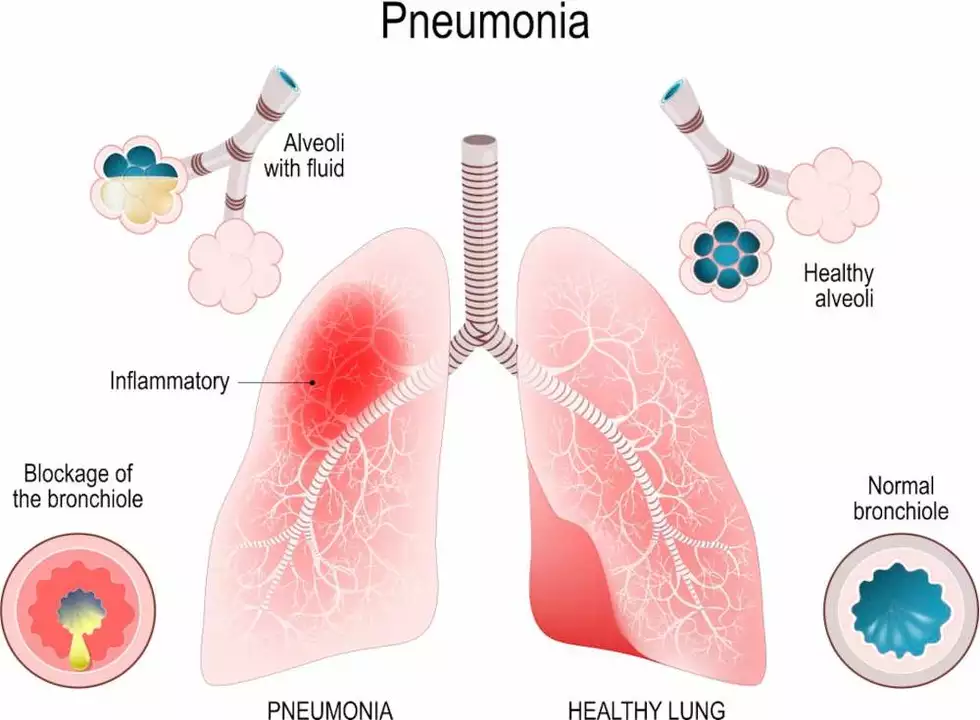Pneumonia risk: what raises it and how to lower it
Pneumonia can strike suddenly. Some people are at much higher risk, and knowing why helps you avoid serious illness. This page explains the main risk factors, signs to watch for, and practical steps to lower your chances of getting pneumonia.
Who has higher pneumonia risk? Age matters: babies and people over 65 face a bigger threat. Chronic lung conditions like COPD or severe asthma make infections more likely. Smoking damages airways and doubles down on risk. Long-term diseases such as diabetes, heart failure, or kidney disease weaken your ability to fight infection. People on immune-suppressing drugs like azathioprine or high-dose steroids, and those getting chemotherapy, are more vulnerable. Recent viral infections, especially the flu or COVID, also raise risk by damaging lung defenses.
Hospital stays and breathing tubes increase chance of hospital-acquired pneumonia. Trouble swallowing after a stroke or heavy drinking can let food or liquids enter the lungs, causing aspiration pneumonia. Poor dental care and crowded living conditions add to risk in real life.
What symptoms suggest pneumonia? A cough that won’t quit, fever, heavy mucus, chest pain when you breathe, and shortness of breath are common. Older adults sometimes show confusion or extreme tiredness without a high fever. If you notice fast breathing, bluish lips, fainting, or severe chest pain, get urgent care.
Can you prevent pneumonia? Yes. Vaccines are the biggest win: talk to your doctor about pneumococcal and yearly flu vaccines, and stay up to date on COVID shots if advised. Quit smoking and avoid secondhand smoke. Practice good hand hygiene and keep distance from sick people when possible. Manage chronic illnesses—control blood sugar, follow COPD treatment plans, and keep dental visits regular.
Medications and medical care
Doctors choose treatment based on how severe the pneumonia looks and where you caught it. Mild cases often get oral antibiotics; common choices include azithromycin or amoxicillin depending on local guidance. Hospitalized patients may need IV antibiotics and oxygen. People on inhaled corticosteroids for COPD should discuss risks with their provider because those drugs can slightly raise pneumonia risk, though benefits often outweigh risks.
Practical tips for home and caregivers
Rest, stay hydrated, and use fever reducers and pain relievers as advised. Use a thermometer and pulse oximeter at home if recommended to watch fever and oxygen levels. Keep follow-up plans with your doctor—return visits matter. Caregivers should help with medications, hygiene, and prompt transport for worsening symptoms. If recovery stalls after a few days or symptoms worsen, call your healthcare team.
Pneumonia risk is not fixed. With vaccines, good daily habits, and early care when symptoms start, you can cut your chances and catch problems before they get serious. Read more on our site about Zithromax, erythromycin, COPD management, and inhaler choices to learn how treatments interact with pneumonia risk.
If you're over 65, live with chronic illness, or care for someone at risk, ask your clinician today about vaccine timing and early treatment options without delay now.




